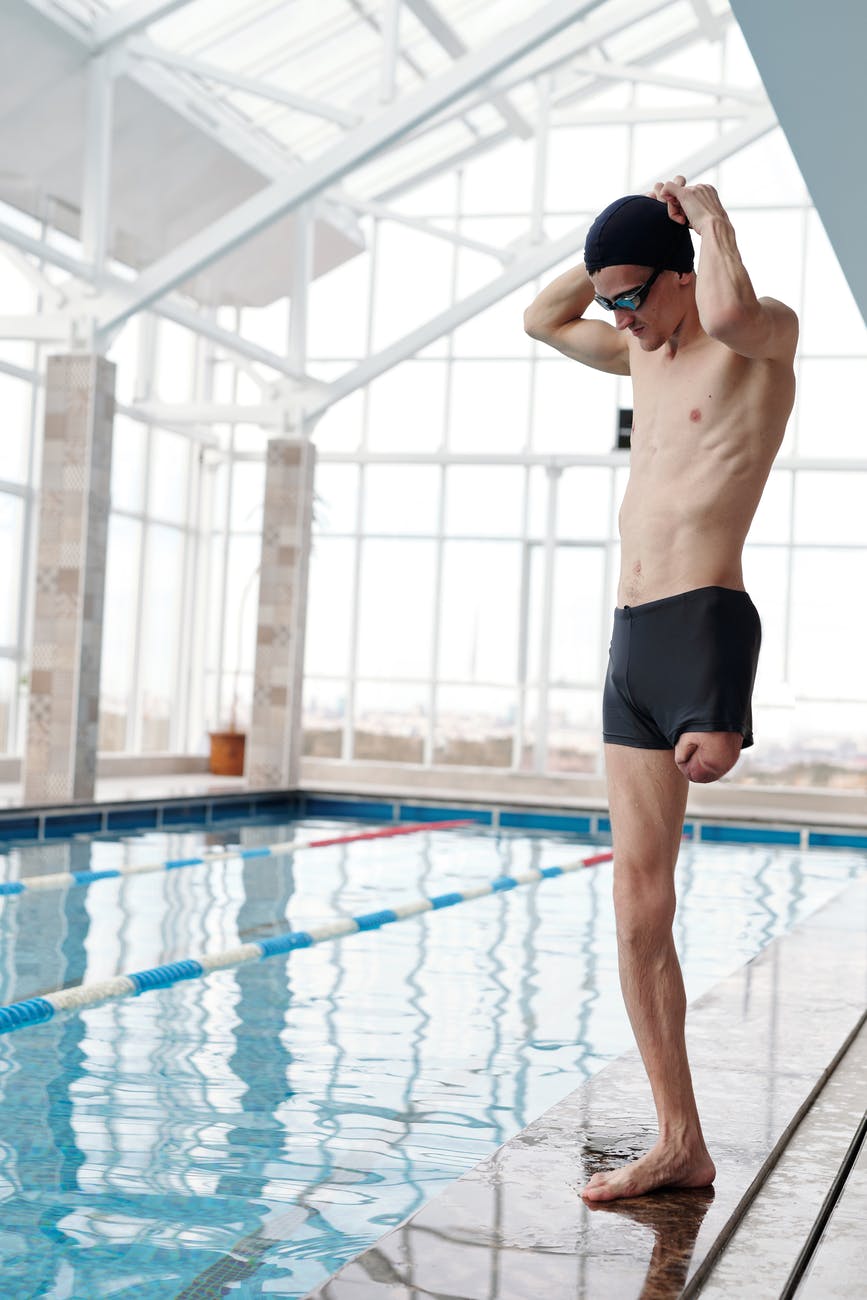AQUA THERAPY
- Marizelle Grobler
- Feb 11, 2021
- 3 min read
Updated: Jul 21

What is it?
Aquatic therapy is physical therapy that takes place in a pool or other aquatic environment under the supervision of a trained healthcare professional. Aquatic therapy is also known as water therapy, aquatic rehabilitation, aqua therapy, pool therapy, therapeutic aquatic exercise or hydrotherapy.
Common goals of aqua therapy programs include:
Improving flexibility
Improving balance and coordination
Building muscle strength and endurance
Enhancing aerobic capacity
Assisting with gait and locomotion
Reducing stress and promoting relaxation
Aquatic therapy is different from aquatic exercise or aquatic fitness because it is a physical medicine and rehabilitation specialty that requires the involvement of a trained professional and is covered by many insurance providers due to the personalized nature of the treatment. Aquatic exercise does not need to be supervised by a trained professional. It is also not covered by insurance, and it often takes place in a group setting that includes multiple people with different levels of physical fitness.
Aquatic therapy should not be confused with adaptive aquatics, either. Adaptive aquatics is the process of teaching people with disabilities how to swim safely in the water. Aquatic therapy does not focus on teaching clients how to swim.
Water therapy services are generally offered in hospitals, sports medicine clinics and traditional outpatient rehabilitation centers. Senior living centers may also provide aquatic therapy services as a way to encourage their residents to maintain or improve fitness levels, balance and strength.
These are some of the ways that water’s natural properties create an ideal therapeutic environment:
Warm water provides a relaxing and soothing environment for aching joints and muscles.
Water’s natural viscosity or resistance can be used for muscle strengthening and increasing rehabilitation progressions.
Buoyancy allows for flotation and reduces the effects of gravity on injured or aching joints and muscles.
Hydrostatic pressure supports and stabilizes the client, allowing people with balance deficits to perform exercises without a fear of falling, decreasing pain and improving cardiovascular return.
Turbulence and wave propagation let the therapist gently manipulate the client through the desired exercises.
The respiratory muscles are forced to work harder in the water, allowing for a natural strengthening that benefits the client long after the therapy session has ended.
Compared to other forms of physical therapy, aquatic therapy results in a higher client compliance rate and less pain throughout the recovery process. Opportunities to significantly minimize the pain a client experiences should be taken seriously because with less pain, a client can enjoy a higher quality of life.
Another important advantage of aquatic therapy is that it can often begin before land-based therapy. For athletes looking to get back into competition, or busy professionals who want to recover from surgery as quickly as possible, this makes a water-based program the natural choice.
CONDITIONS THAT CAN BE HELPED BY WATER THERAPY
Water therapy may be helpful for clients suffering from the following conditions:
Arthritis
Arthroscopic surgery recovery
Autism
Balance disorders
Bursitis
Cerebral palsy
Chronic pain
Depression
Idiopathic joint pain
Joint reconstruction surgery recovery
Joint replacement surgery recovery
Lower back pain
Osteoarthritis
Orthopedic injuries
Parkinson’s disease
Multiple sclerosis
Rheumatoid arthritis
Scoliosis
Stress
Spinal cord injury
Sprains and strains
Stroke
Tendonitis
Traumatic Brain Injury
People of all ages can enjoy water therapy benefits, including children with special needs and senior citizens. A trained therapist can create a session that takes into account any age-related physical limitations to promote a positive therapeutic experience.
Want to join one of my classes? Get in touch.
X M



Comments